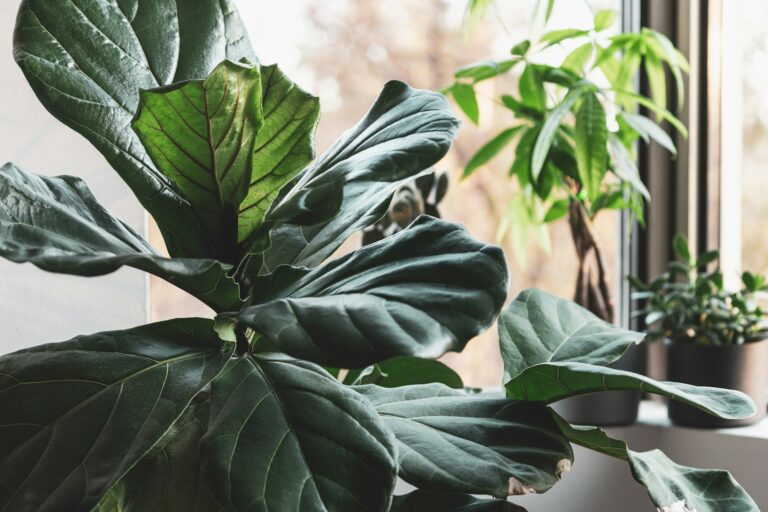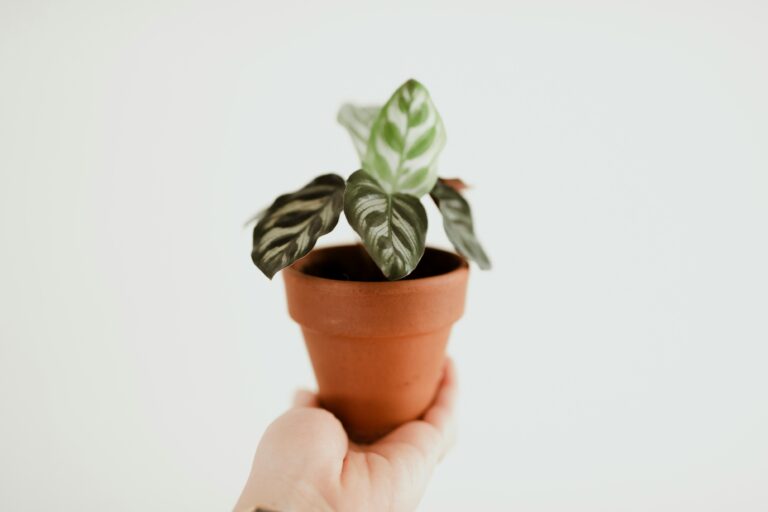Does your succulent plant have soft leaves? I’m hoping you have done a thorough check of your plant and have yet to find the problem causing it. It is hard to tell the cause of a problem, especially soft leaves on succulents, because the plant is always filled with water and is bound to be soft.
The leaves become soft and lose shape when the plant has a problem. That’s how you can identify the problem easily. Soft leaves in succulent plants can be caused by various factors, such as overwatering, pests, diseases, or environmental conditions.
Once you understand the underlying cause of soft leaves in succulent plants, you can find a solution to keep them healthy and thriving.
This article will explore the common reasons that cause soft succulent leaves and how you can fix them.
What can make a succulent plant have soft leaves?
Succulent plants are unique plants that require proper care to thrive. Most people often neglect the plant because they believe they are hardy and can survive without care. To be fair, if they can survive desert conditions, why can’t they survive indoor conditions?
If you think about it, in a desert, succulent plants condition themselves to adapt to harsh conditions. On the other hand, indoor conditions make the plant healthy, and it doesn’t need to activate its coping mechanism. Thus, without proper care, their health starts to deteriorate.
The plant can try to adapt to the changes, but it’s often hard for them to cope. Hence, that can make a succulent plant have soft leaves.
Let’s take a look at the causes of succulent plant soft leaves.
- Overwatering
- Pests
- Diseases
- Environmental conditions.
Overwatering
Succulents are known for their water-storing capabilities and ability to survive for weeks without water. But, what happens when you give the plant excess water?
When a succulent plant is overwatered, the roots cannot absorb excess water because the leaves and stems have absorbed enough water. The excess water remains on the soil, which leads to waterlogged soil.
Waterlogged soil closes the pores for air aeration. As the roots lack air, they create a fungus that causes root rot. Root rot is a fungal disease that affects the roots and is caused by too much moisture in the soil. As the root rot, they become weak and ineffective.
The roots stop absorbing water and nutrients. As a result, they cannot transport water to the leaves, and the leaves begin to wilt and turn soft. The succulent leaves are soft and mushy since they don’t get enough water from the roots.
How to fix overwatering
Repotting the plant into a new pot with fresh soil is the easiest way to fix overwatering. Remove the plant from its pot, and check the roots to determine the damage. Cut off all the affected parts, including rotten roots and stems. This will prevent spreading to other parts.
You can also cut the soft succulent leaves before you repot.
If you insist on using the same soil and container, sterilize the container to kill the fungi present, and then let the soil dry completely before repotting.
After repotting, place the pot in a warm, dry area for a week before you water it. When you start watering, give it about an inch of water. Or you can give it water until excess water drains through the drainage holes. Ensure the soil is dry when you water the plant.
Pests
Pests are a common plant problem. But, most people don’t think pests can lead to soft leaves in succulents. It happens when the pests feed on the sap of the leaves, causing them to wilt.
As the pests feed on the sap, they leave a sticky residue on the leaves and stems that attracts other pests. That leads to the spread of diseases from one plant to another. The diseases make the leaves and stem weak and unable to grow. As a result, you can spot soft succulent leaves trying to survive.
On the other hand, pests can damage the leaves, limiting their ability to transport water and nutrients. You will find the succulent leaves are soft, mushy, and wilting. The leaves will eventually die.
How to fix pests on succulents
Pests are easy to fix if you find them before they cause harm to your plant. But, if the damage is done, throwing the plant away is better to avoid spreading it to other plants.
First, isolate the affected plant. Then, if you can see the pests of the leaves, use a hose spray to spray a mixture of water and neem oil. That will remove all the pests on the leaves. You can also purchase a pesticide and spray it on the leaves to kill the pests.
Diseases
Diseases can cause soft leaves in succulent plants by attacking their tissues and disrupting their ability to transport water and nutrients effectively. Your plant can get affected by fungal, bacterial, or viral infections.
These diseases thrive in warm and moist conditions. For instance, overwatering can cause the growth of a fungus.
The first sign of disease in a succulent is a white, gray, or black powdery substance on parts of your succulent. As the disease spreads, it causes soft succulent leaves. Once the succulent leaves are soft, they wilt and die.
When you catch the disease, move the plant to an isolated environment to avoid spreading. And if you can’t treat it, throw it away and start planting again.
Environmental conditions.
Environmental conditions can include sunlight and temperature.
The succulent plant can survive in most environmental conditions. But what if you have a recently treated succulent from another problem, and the plant is recovering? Well, that plant is easy to be affected by environmental conditions.
You can find that the succulent leaves are soft when there is excess sunlight or the temperature is too cold.
Excess sunlight is associated with causing sunburn to the leaves and stems. On the other hand, excess sunlight makes the sun use more water to survive. That can make the plant deplete the water it’s storing in the steam and leaves.
If you don’t notice and water the plant, the succulent leaves turn soft and mushy. The plant will die from a lack of water.
Cold temperatures can also be fatal to your plant. Never place your plant outdoors in the frost. Move it indoors during winter to prevent creating succulent plant soft leaves.
Avoid sudden temperature changes when moving a plant from a cold or hot temperature to a favorable condition. Sudden changes can cause the plant to stress. Move it gradually so that it can adapt to the changes.
How to prevent your succulent leaves from turning soft
Here are some ways to prevent succulent leaves from turning soft:
- Proper watering — succulent plants grow well with optimum amounts of water. They don’t require frequent watering. Provide them with water once a week or when the soil is dry. You can purchase a moisture meter to measure moisture content in the soil before watering. The meter gives you an idea if you should water or not.
- Well-draining soil —- it’s important for your succulent to have well-draining soil. The soil allows excess water to drain off fast instead of leaving it stagnant. The soil should also have good water retention capacity to allow the plant to absorb enough water instead of draining it all out.
- Adequate sunlight —- proper lighting is essential for succulents to thrive. During winter, you can use artificial lighting to provide lighting to the plant. You can purchase this full-spectrum grow light to use at home. You can also move it outdoors during summer in an area with indirect sunlight.
- Proper ventilation — proper ventilation in a room ensures that moisture doesn’t build up. Moisture can make a succulent plant have soft leaves.
- Avoid overcrowding plants — An area with overcrowded plants tends to have poor air circulation. That can result in moisture build-up in the area, promoting fungal infection growth. If you don’t find the infection early, it can spread to all the plants, killing them. Ensure that your succulent plants are spaced apart and have enough room to grow.
Conclusion
It’s easier to prevent soft leaves in succulents than trying to save the plant with soft succulent leaves. So, the easiest option is to care for your succulent and to stop neglecting it for long periods.
A succulent is an easy plant to care for, and once you learn the basics, you won’t have any problems with your plant.
Now that you know what makes succulent plant soft leaves, start checking your plant for any signs and fix it before the problem becomes bigger.



